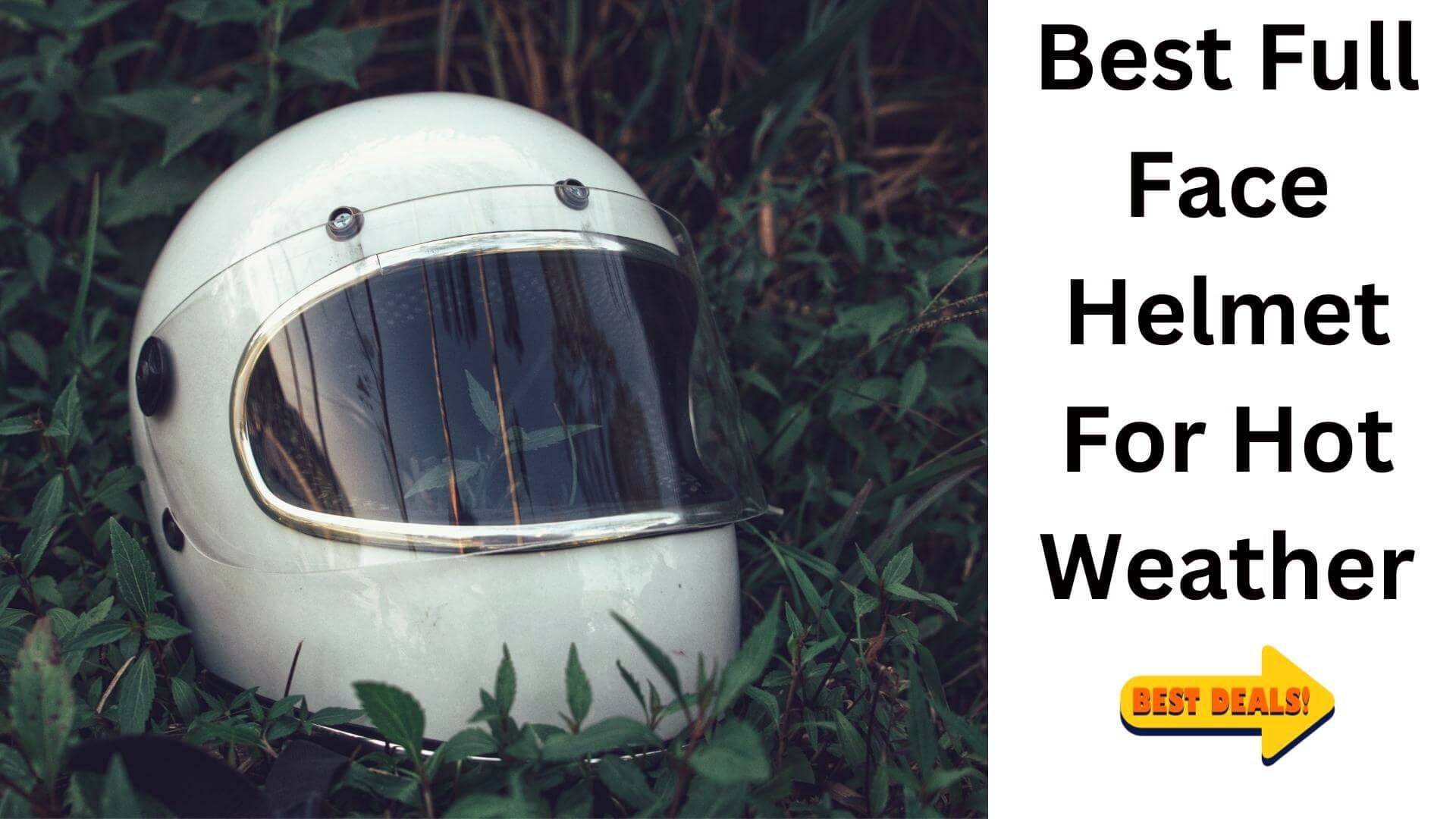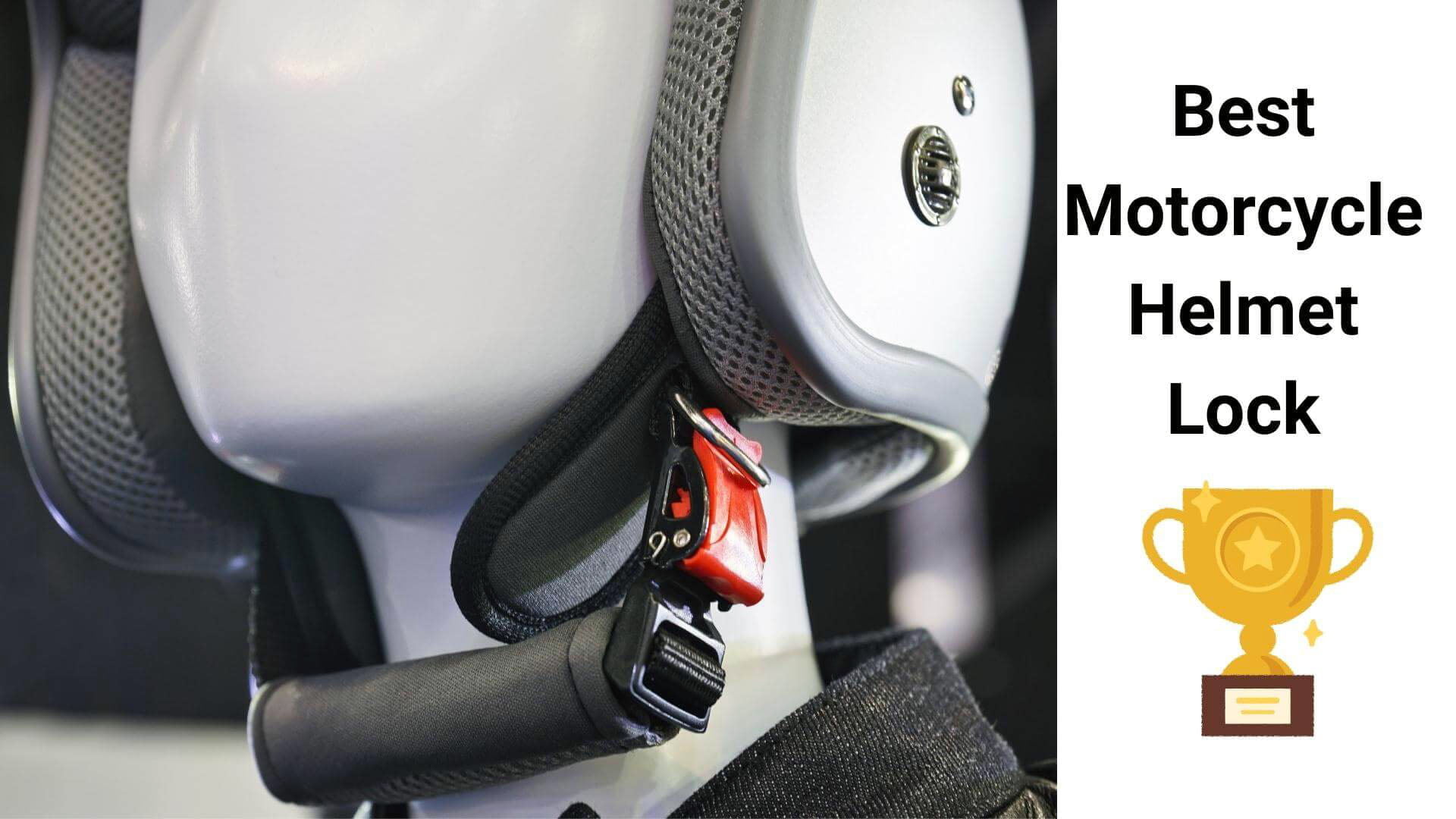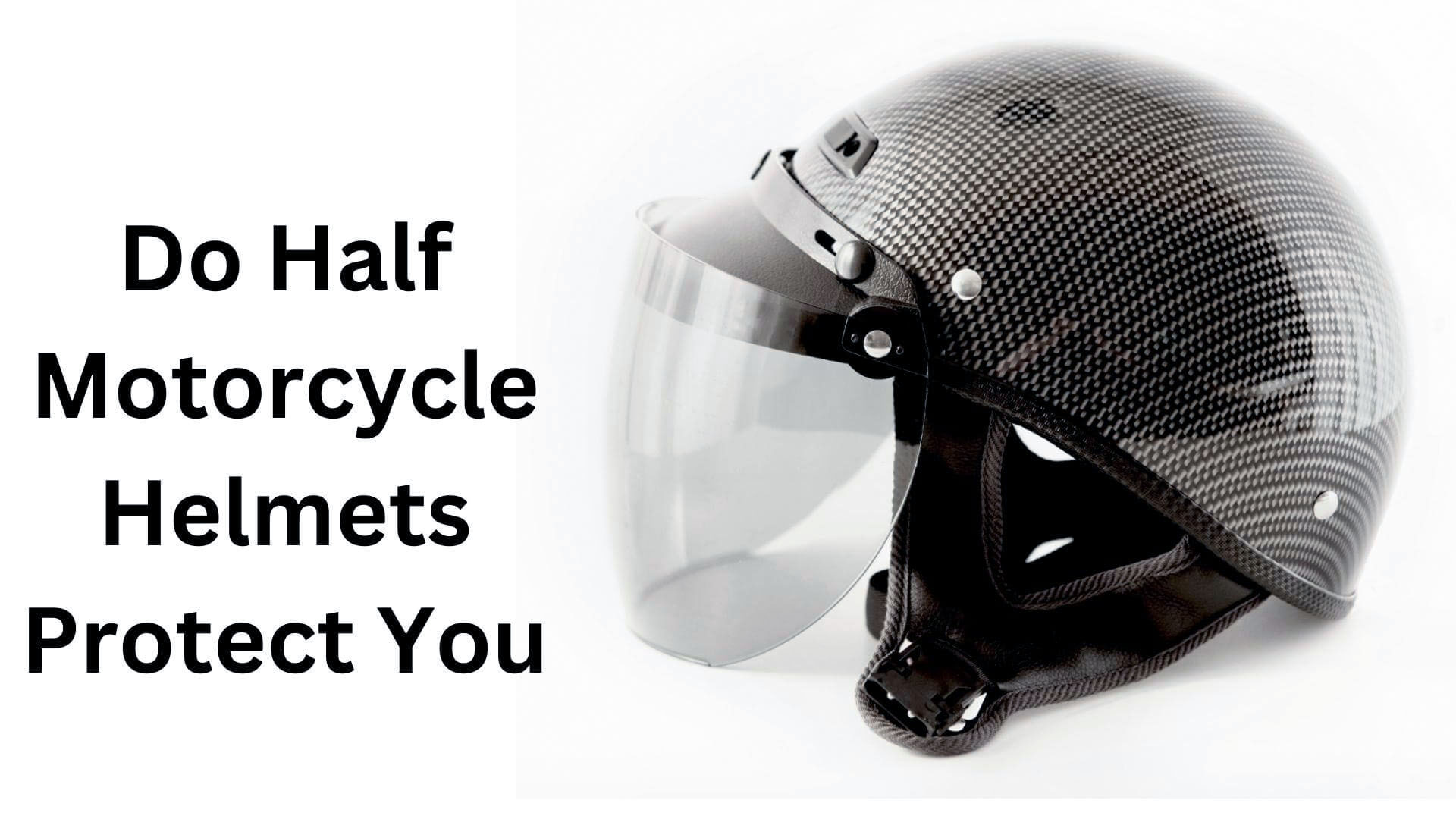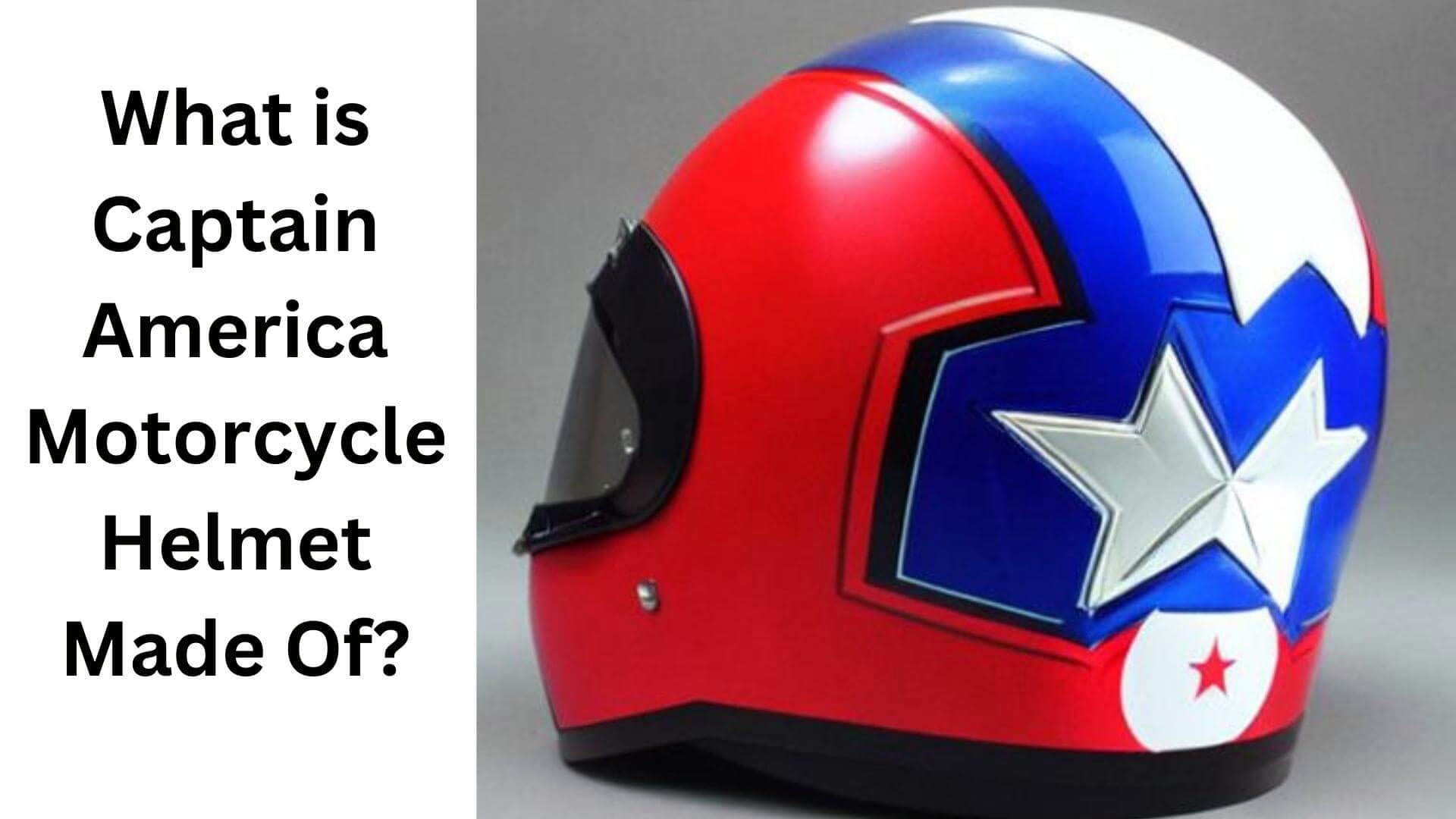How Often Should You Replace Your Bike Helmet?

Cycling is a fun and healthy activity that requires safety precautions. Wearing a bike helmet is crucial in protecting your head and reducing the risk of injury while cycling. But how often should you replace your bike helmet? This blog post will answer that question and explain why it’s essential to do so.
Factors Affecting the Lifespan of a Bike Helmet
The lifespan of a bike helmet depends on several factors, including:
- Usage frequency
- Type of cycling
- Exposure to elements like sun, rain, and heat
- Physical impact or damage
Usage frequency – The more often you use your helmet, the faster it may deteriorate. This is especially true if you frequently ride in harsh weather conditions, which can cause the helmet to break down faster.
Type of cycling – The type of cycling you engage in can also affect the lifespan of your helmet. For instance, if you participate in aggressive sports like downhill mountain biking, your helmet may experience more impact and wear than if you only use your helmet for leisure cycling.
Check Also: What Is the Best Road Bike Helmet Under $100?
Exposure to elements – Exposure to sun, rain, and heat can cause the helmet to degrade over time. For instance, prolonged exposure to sunlight can cause the helmet’s foam padding to break down and become less effective.
Physical impact or damage – Any physical impact on your helmet can also reduce lifespan. For instance, if you have been in a crash and your helmet has absorbed the impact, it’s best to replace it, even if there are no visible signs of damage. This is because the impact may have compromised the helmet’s structural integrity, reducing its effectiveness in protecting your head.
Read More: MIPS Bike Helmet: The Ultimate Guide.
Recommendations for Replacing a Bike Helmet
Manufacturers’ recommendations and industry standards suggest replacing your bike helmet every three to five years.
A good rule of thumb is to replace your helmet every three years or sooner if you’ve been in a crash or if the helmet shows any signs of wear and tear.
- Manufacturer’s recommendations – Most helmet manufacturers recommend replacing your helmet every three to five years. Some may even specify a longer or shorter period, depending on the type of helmet and its materials. It’s best to check the manufacturer’s website or product manual for specific guidelines.
- Industry standards – The helmet industry has established standards for helmet replacement. The most common standard is to replace the helmet every three to five years. This is based on the assumption that the helmet materials and technology will degrade over time, reducing its protective capabilities.
Read More: Can you Recycle Bicycle Helmets?
- A common practice among cyclists – Many experienced cyclists recommends replacing their helmets every three to five years, even if they haven’t been in a crash. This is because they understand the importance of having a well-functioning helmet and the potential consequences of wearing a degraded helmet in the event of a crash.
It’s important to note that these recommendations are just guidelines, and the actual lifespan of your helmet may vary based on factors such as usage frequency, type of cycling, and exposure to elements. To ensure your safety, it’s always best to replace your helmet if you notice any signs of wear and tear or if you’ve been in a crash.
Read More: Is it Illegal to Ride a Bike Without a Helmet?
Signs Indicating It’s Time to Replace Your Helmet

Here are several signs that indicate it’s time to replace your helmet:
- Visible cracks or damage to the helmet shell or foam padding
- Deterioration of the helmet’s foam padding or interior lining
- Worn or frayed straps that are no longer securely fastened
- Fading or discoloration of the helmet’s exterior or interior, indicating exposure to the elements
- A noticeable decrease in the helmet’s level of comfort or fit
- A strong odor or musty smell, indicating that the helmet has become contaminated or unclean
- The expiration date has passed (some helmets have a manufacturer-stamped expiration date)
- The helmet has been involved in a crash, regardless of visible damage.
If you notice these signs, it’s time to replace your helmet. Your helmet is one of the most important pieces of cycling gear, and its effectiveness can be compromised by age, wear and tear, and exposure to the elements. By replacing your helmet regularly, you can ensure your safety and peace of mind while cycling.
Read More: When Were Bike Helmets Invented?
How to Properly Maintain and Store a Bike Helmet step by step
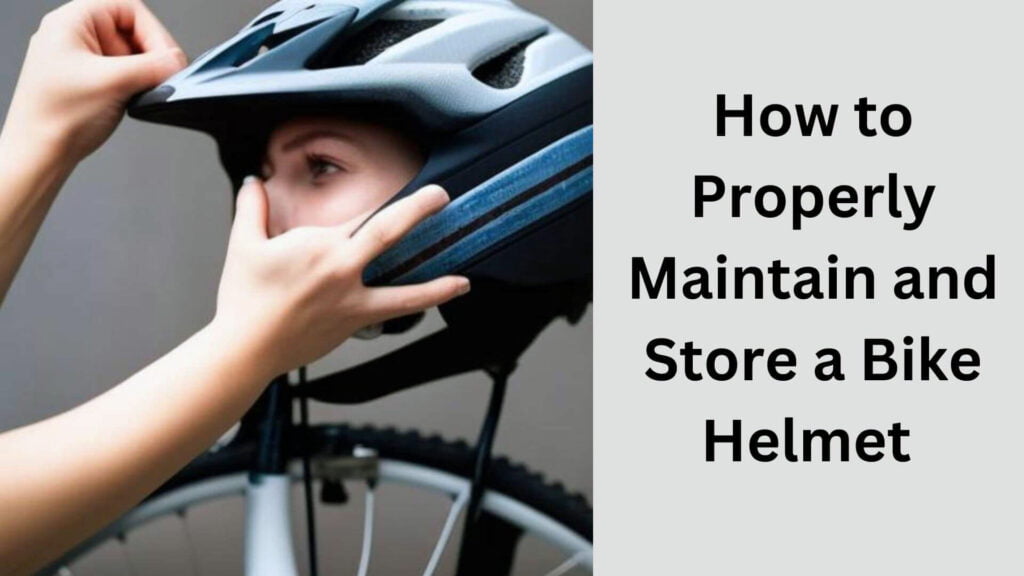
Here are some steps you can follow to maintain and store your bike helmet properly:
- Clean the helmet regularly – Clean the helmet using mild soap, water solution, and a soft cloth. Avoid using harsh chemicals or abrasive materials that could damage the helmet’s exterior or interior.
- Avoid exposing the helmet to extreme temperatures – Extreme temperatures, such as leaving the helmet in a hot car or storing it in a damp area, can cause the helmet to deteriorate faster. Store the helmet in a cool, dry place when not in use.
- Fasten the straps properly – Ensure they are correctly fastened when storing the helmet to avoid stretching or damaging them.
- Handle the helmet gently – Avoid dropping or tossing the helmet, as this can cause damage to the helmet’s foam padding or exterior. When transporting the helmet, place it in a protective carrying case or bag.
- Store the helmet properly – Store the helmet in a cool, dry place away from direct sunlight and heat sources. Hang the helmet using the straps or place it on a flat surface.
By following these simple steps, you can extend the lifespan of your helmet and ensure it is ready to protect you in the event of a crash.
Regular maintenance and proper storage can also help maintain the helmet’s appearance and comfort, making it a more enjoyable and effective cycling gear.
Read More: What to Look for in a Bike Helmet?
FAQS Questions About How Often to Replace a Bike Helmet
What signs indicate it’s time to replace my bike helmet?
Some signs that indicate it’s time to replace your helmet include visible cracks or damage to the helmet shell or foam padding, deterioration of the interior padding or lining, worn or frayed straps, fading or discoloration of the helmet’s exterior or interior, a noticeable decrease in comfort or fit, a strong odor or musty smell, and if the helmet has passed its expiration date.
What are the proper steps for maintaining and storing my bike helmet?
To properly maintain and store your bike helmet, clean it regularly with a mild soap and water solution, avoid exposing it to extreme temperatures, fasten the straps properly, handle the helmet gently, and store it in a cool, dry place away from direct sunlight and heat sources.
Can I still use my bike helmet if it has been in a crash?
No, even if there is no visible damage to the helmet, replacing it after being involved in a crash is recommended. The helmet’s protective capabilities may have been compromised in the crash, even if there are no visible signs of damage.
What if my bike helmet doesn’t have a manufacturer-stamped expiration date?
If your helmet does not have a manufacturer-stamped expiration date, it is recommended to replace it every three to five years as a general guideline. If you notice any signs of wear and tear or if you’ve been in a crash, it’s best to replace your helmet.
Final Fate
In conclusion, replacing your bike helmet every three to five years is essential, or sooner if you’ve been in a crash or if the helmet shows any signs of wear and tear.
Following the manufacturer’s recommendations and taking proper precautions, you can ensure your helmet provides the protection you need while cycling.
Don’t take shortcuts regarding safety – invest in a quality bike helmet and replace it when necessary to stay protected while enjoying your cycling activities.

Hey, I’m Hrithik Hossain. I am the head of helmethacks.com, which specializes in safety helmets. I am looking to connect with anyone interested in purchasing a helmet or who has any questions about different types of helmets. I have over 8 years of experience as a helmet expert, and I can’t wait to help you find the perfect helmet for you. I can help you with any questions regarding helmets, from the best brands to fitting, style, and more! I really enjoy keeping people safe by ensuring they have the best protection possible.



